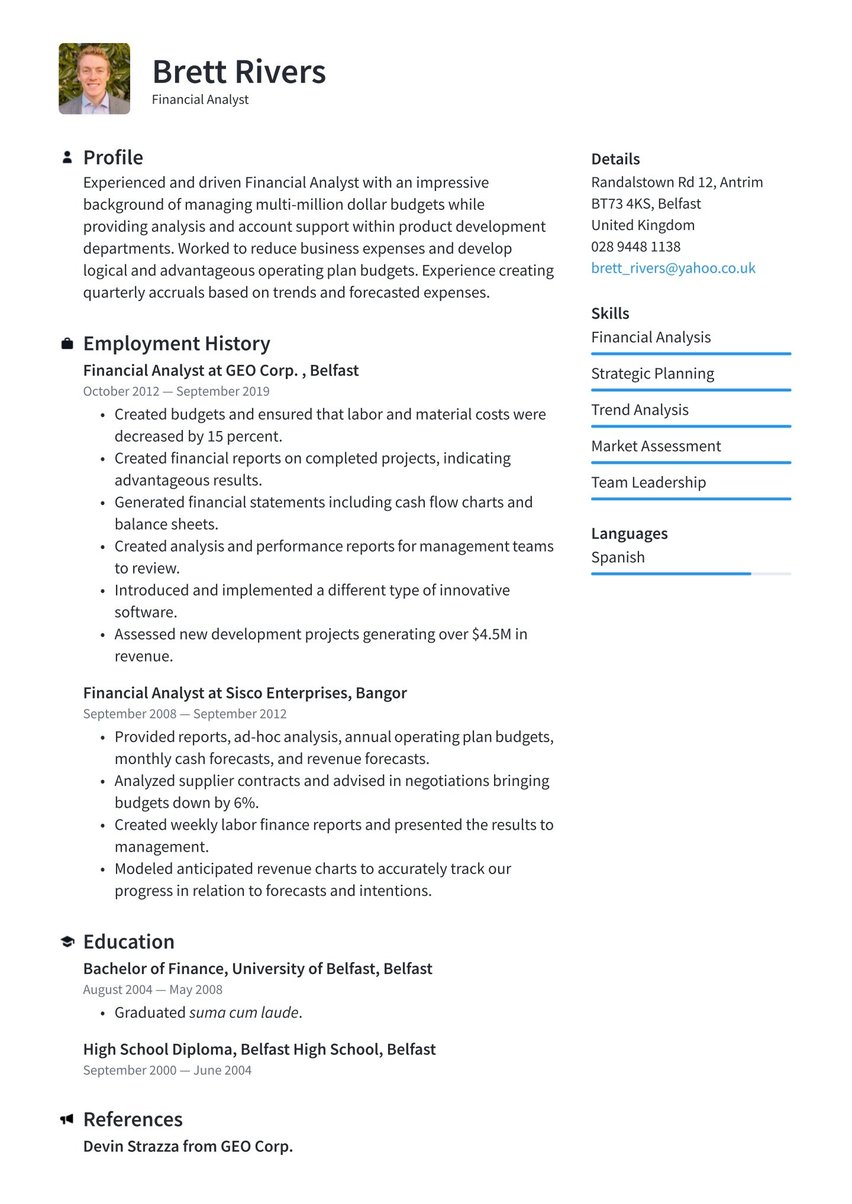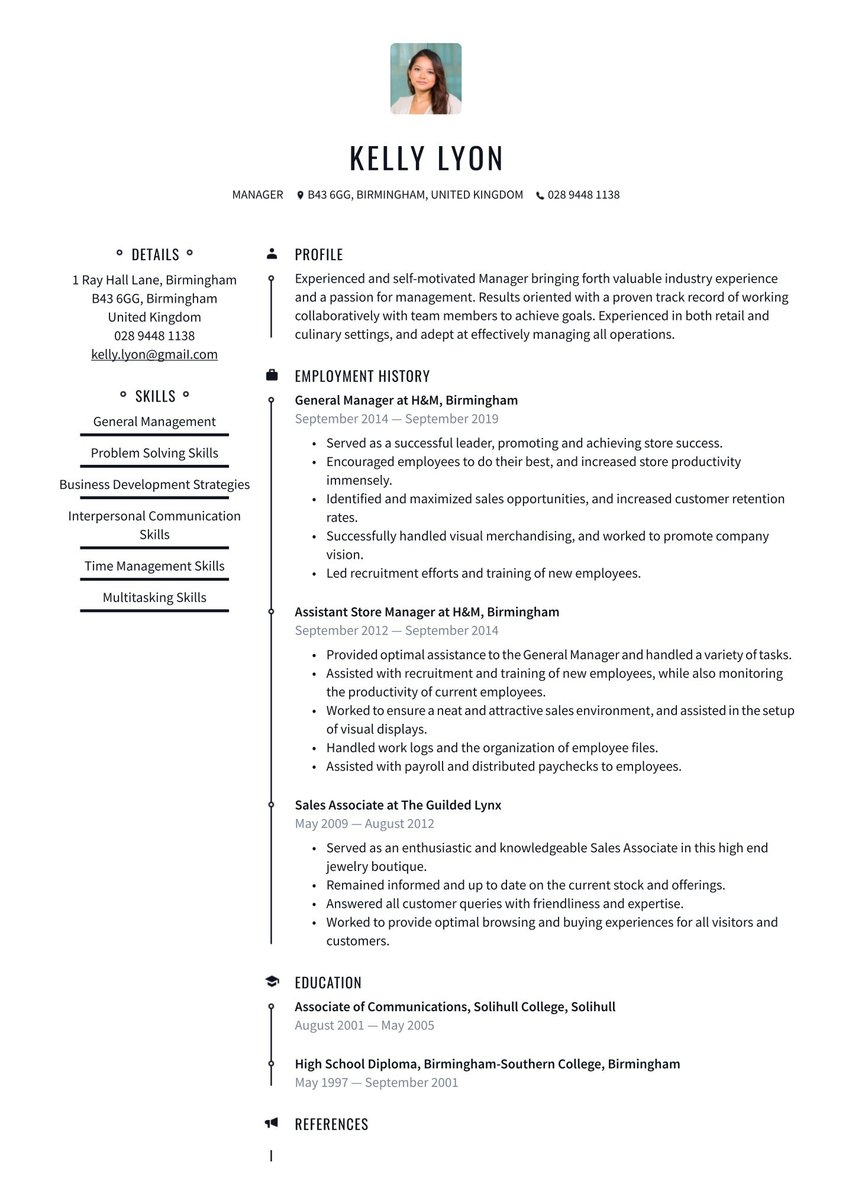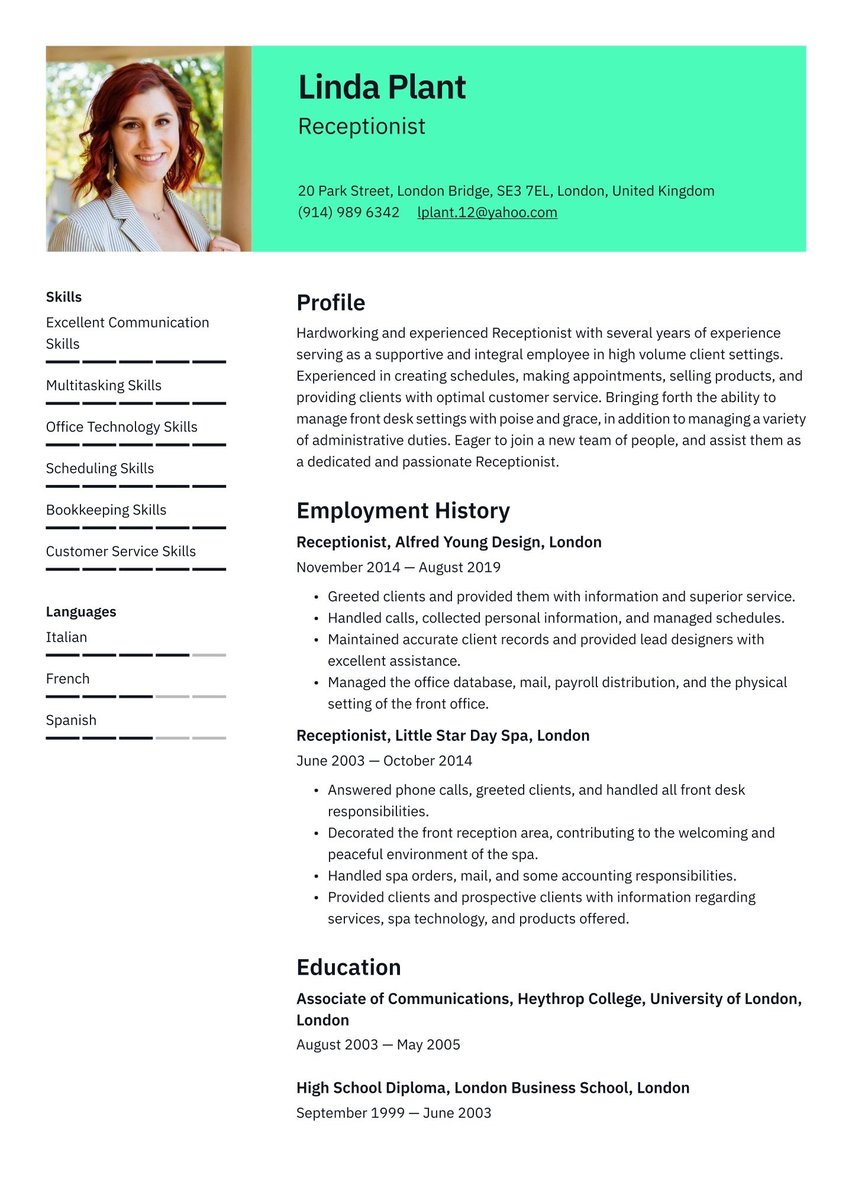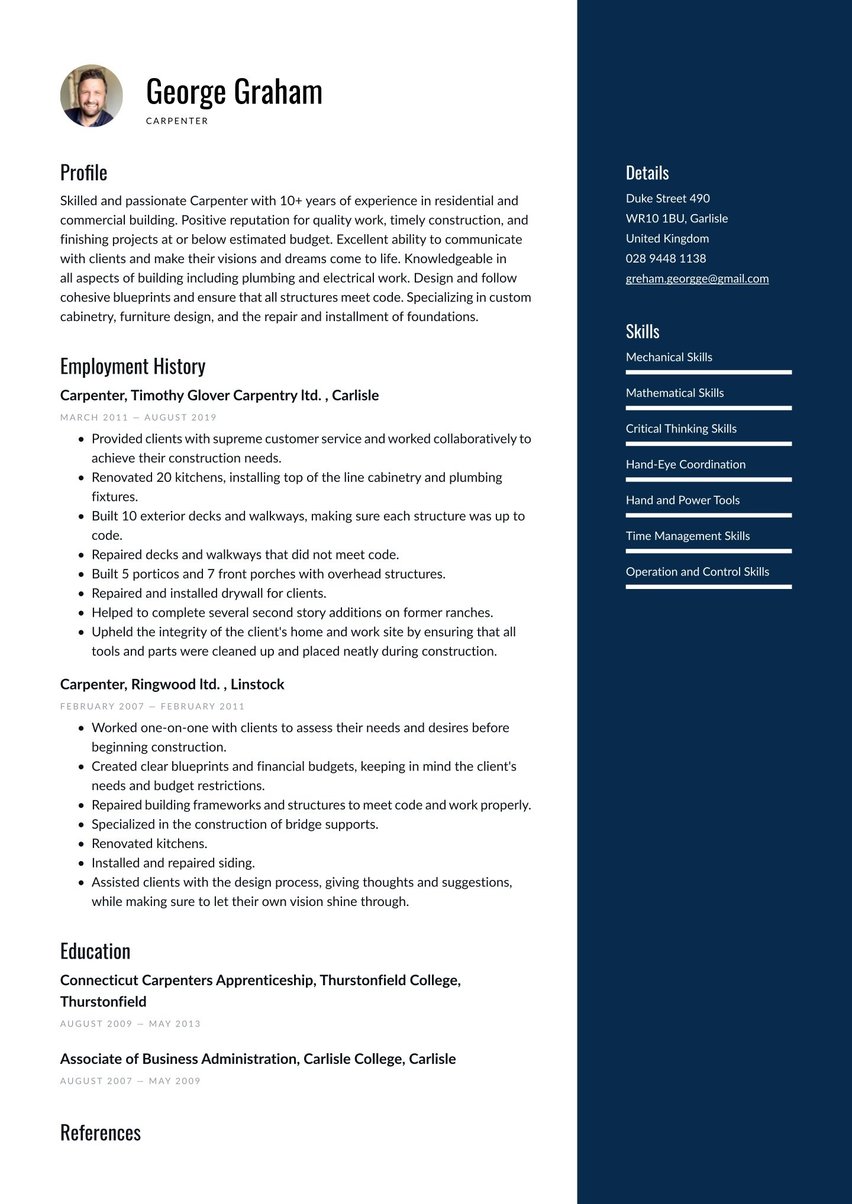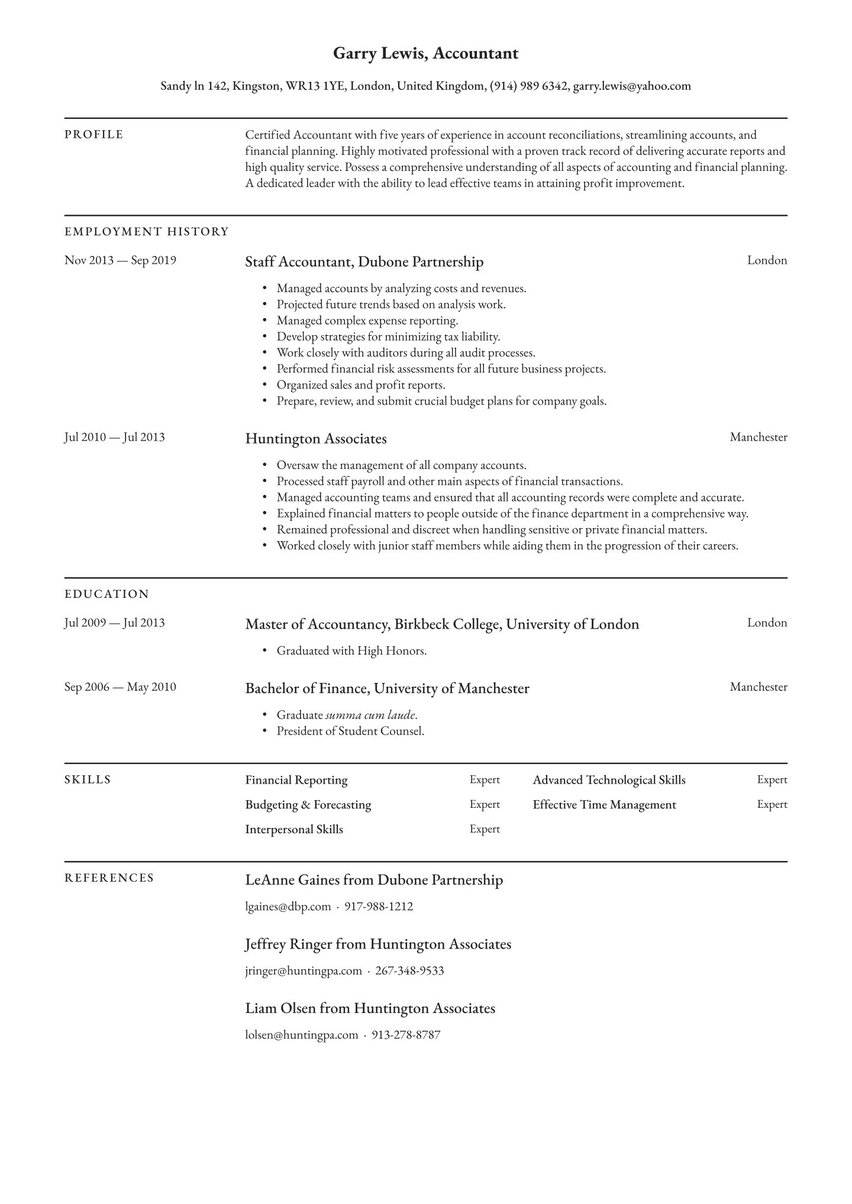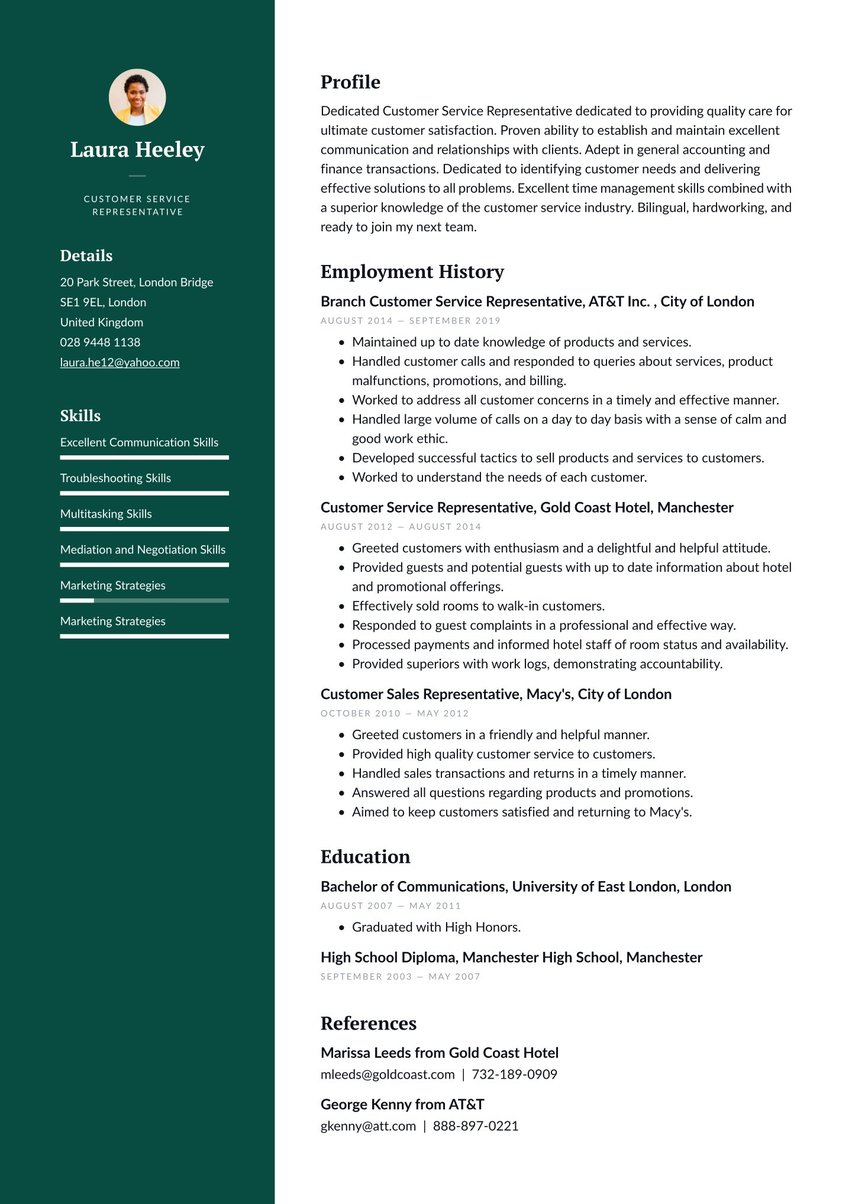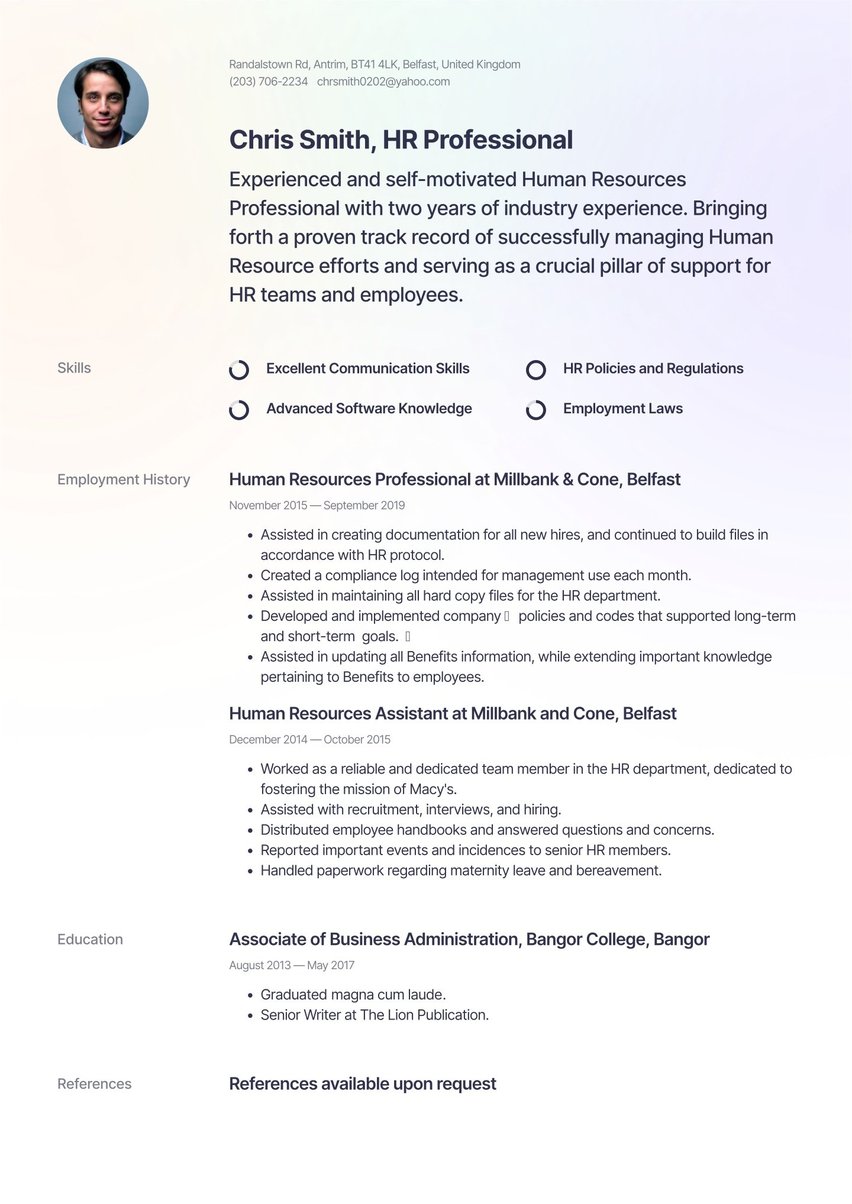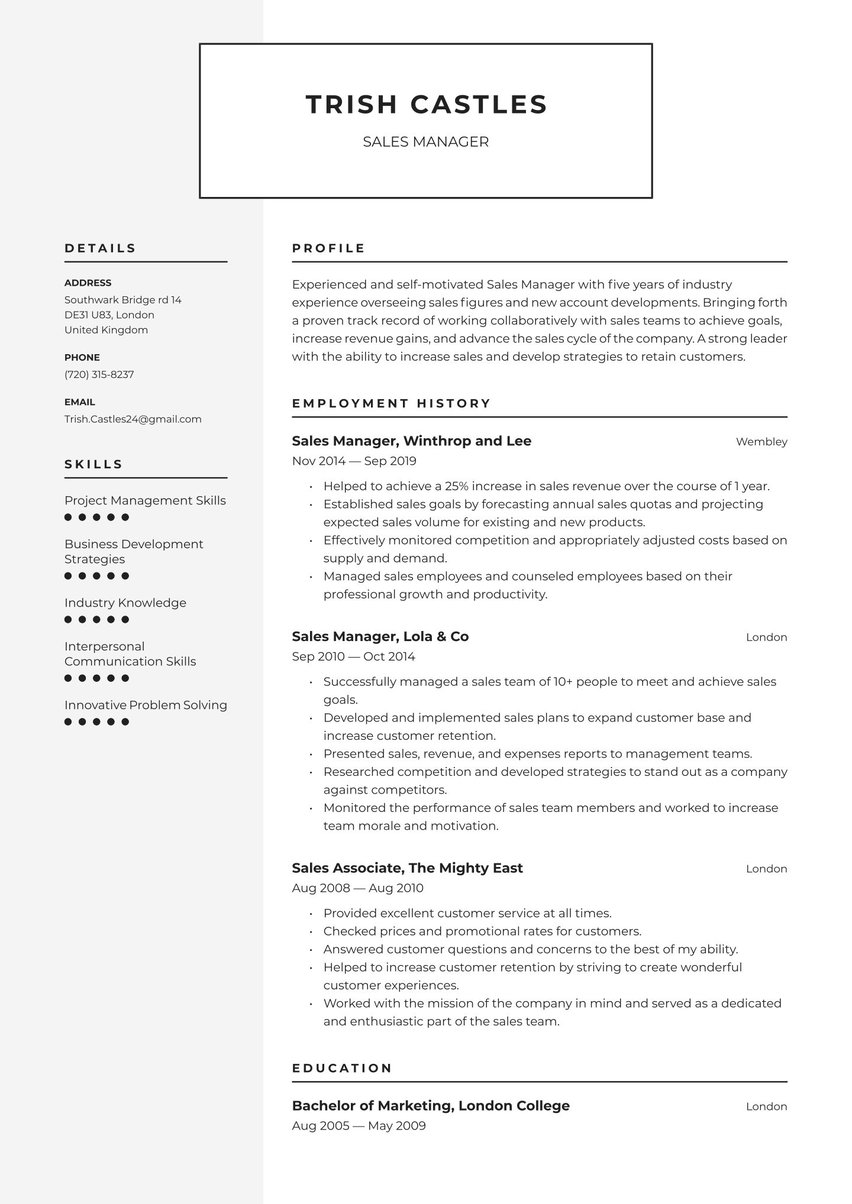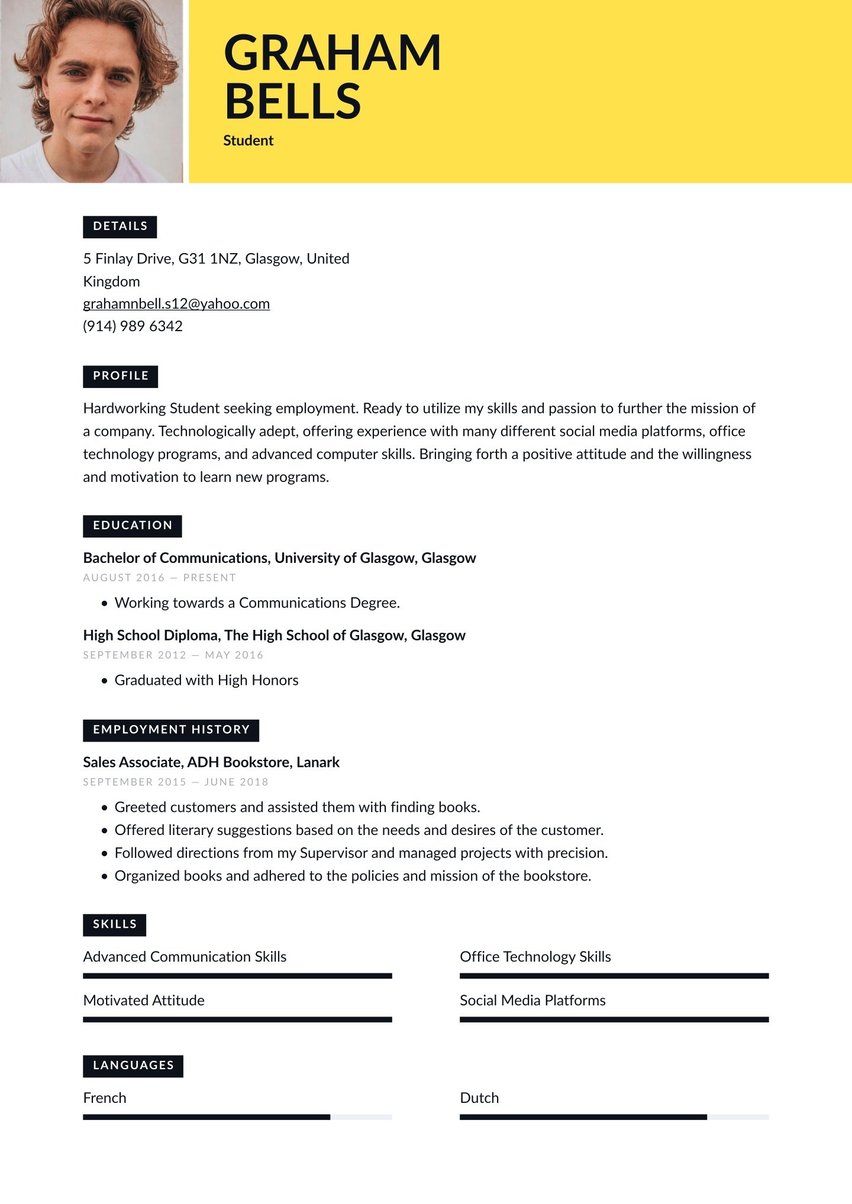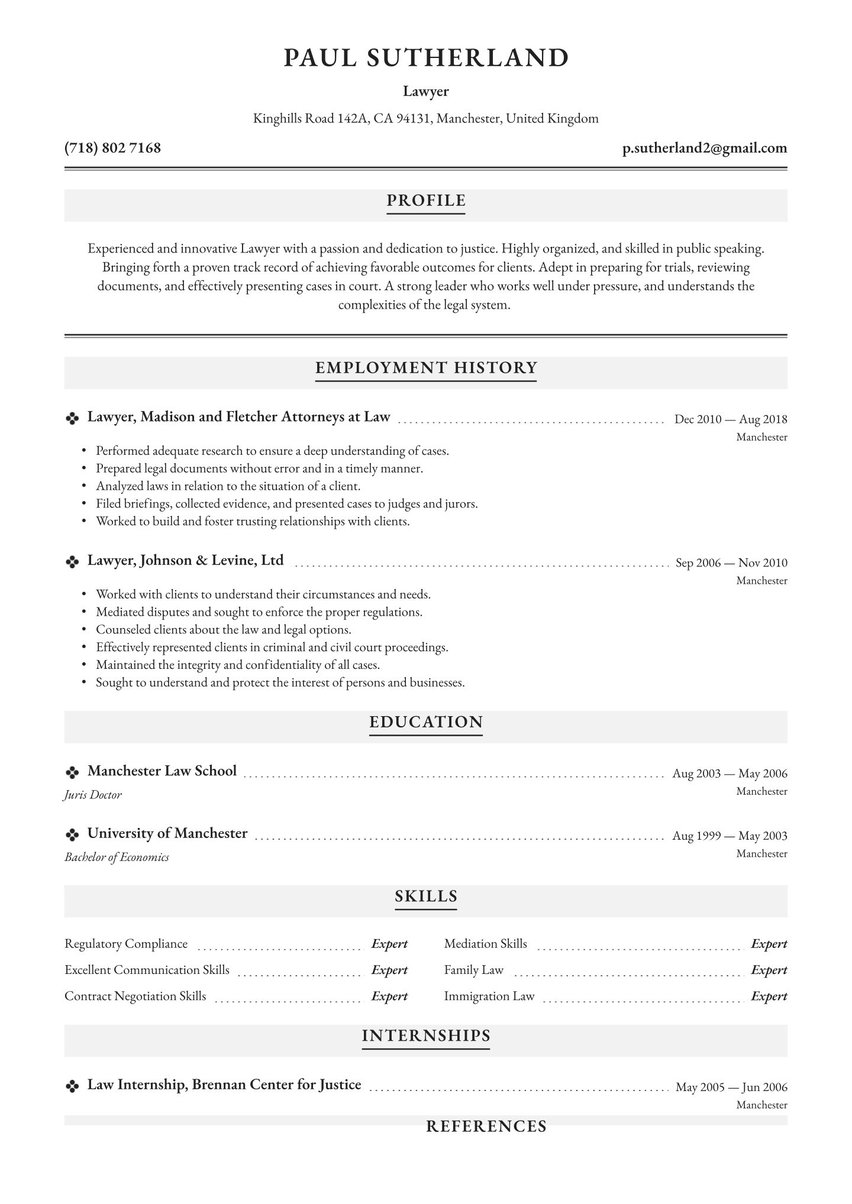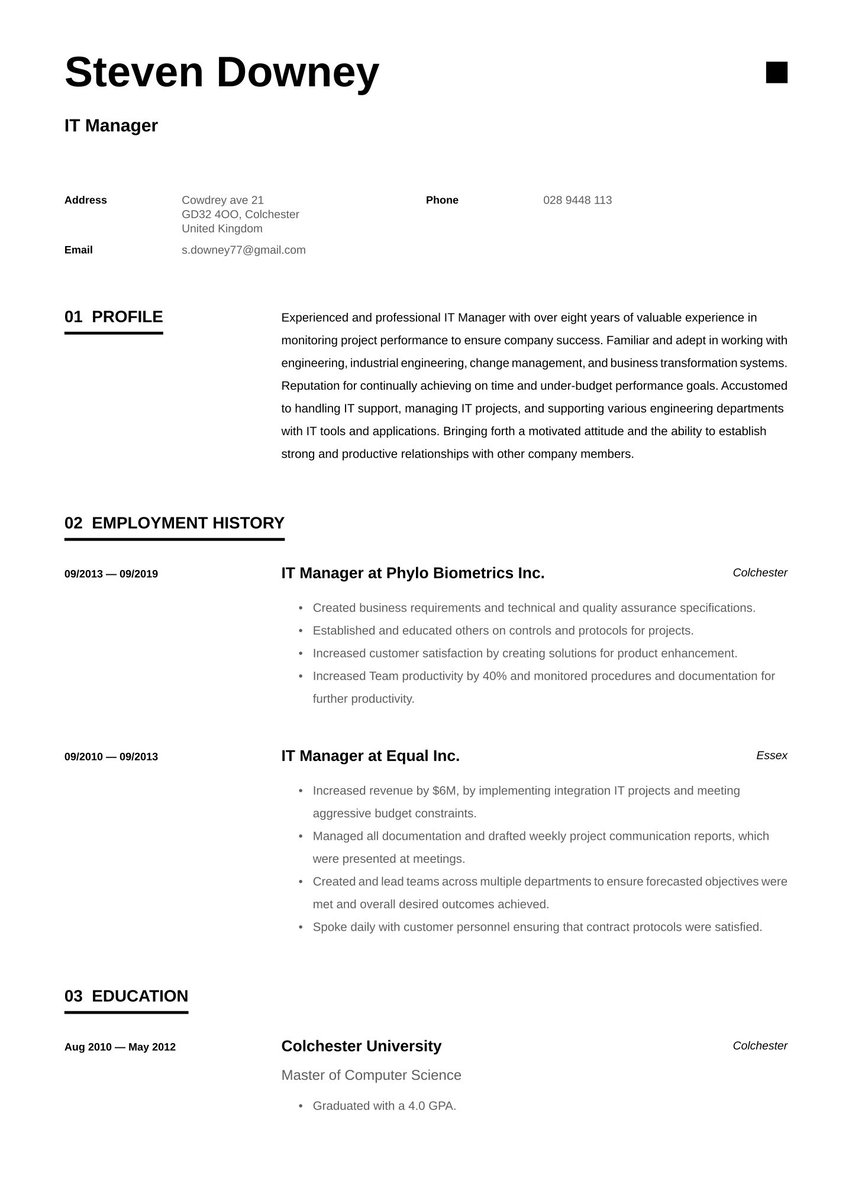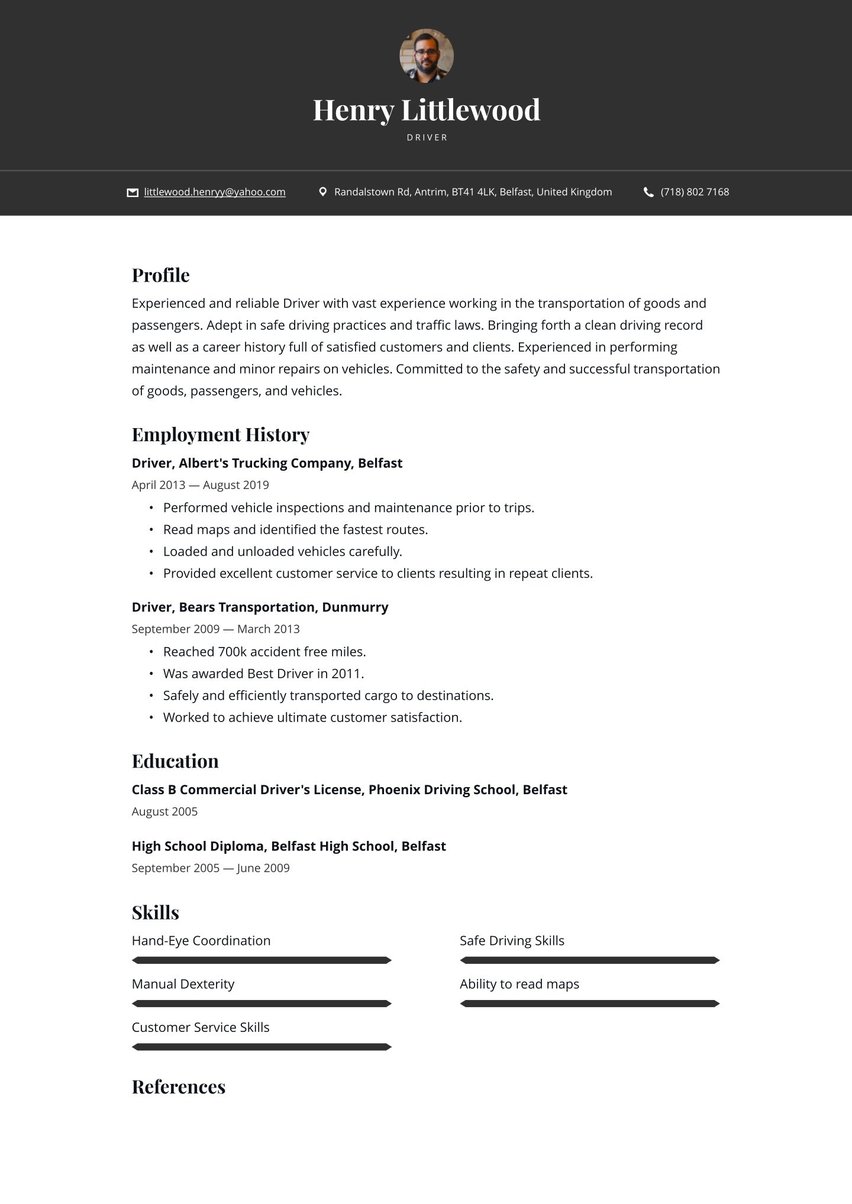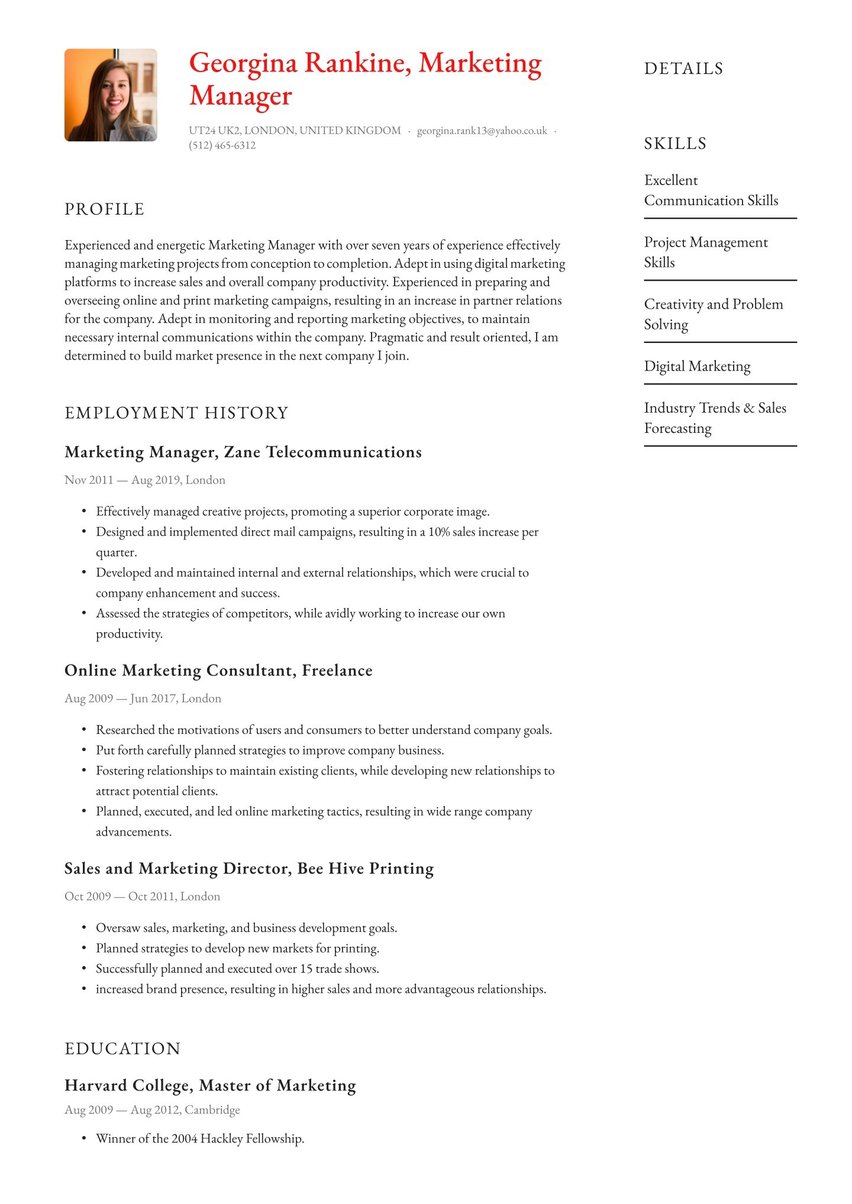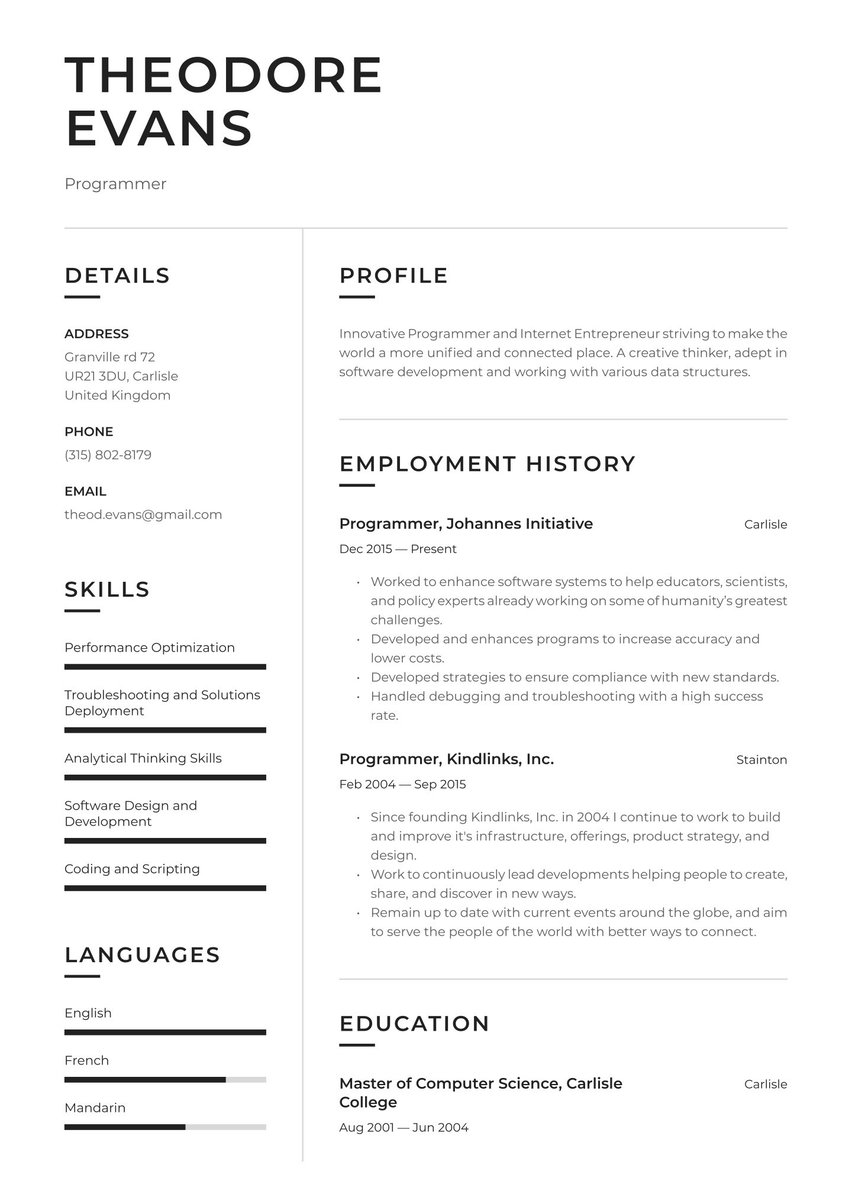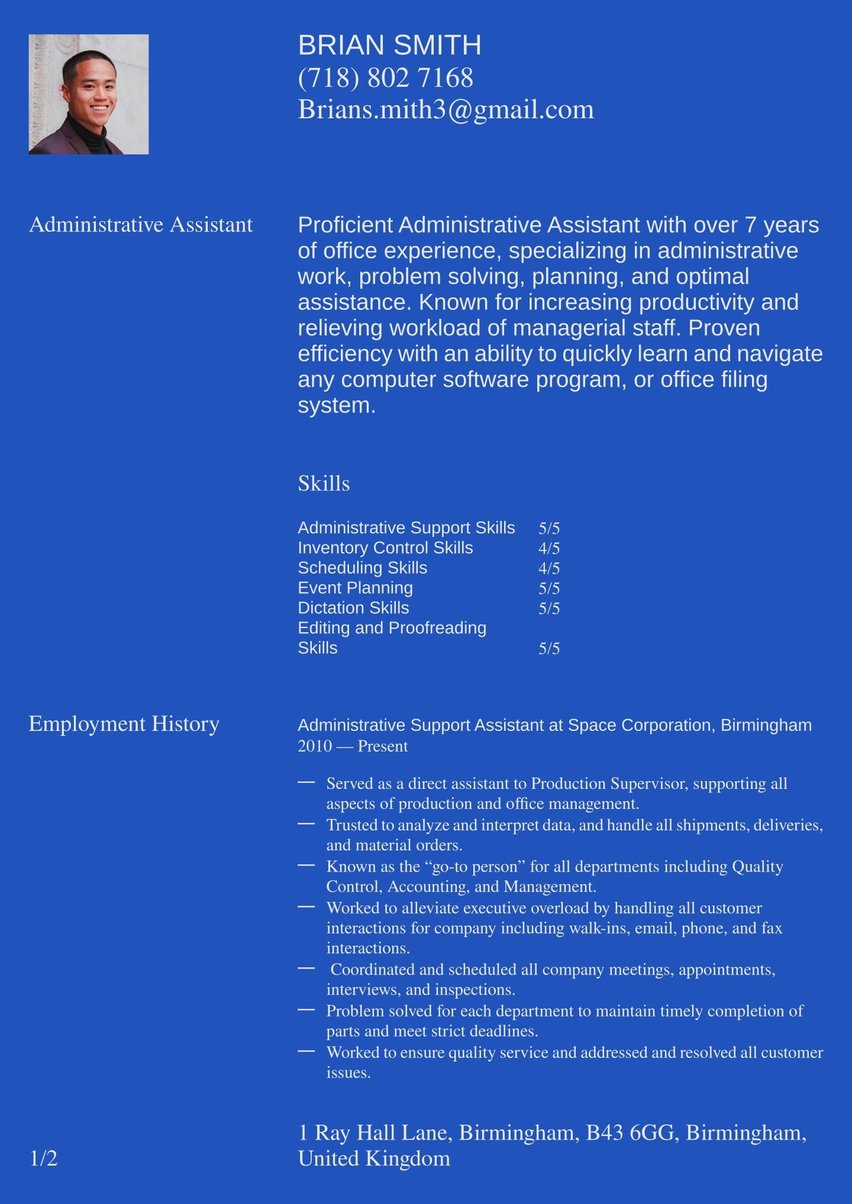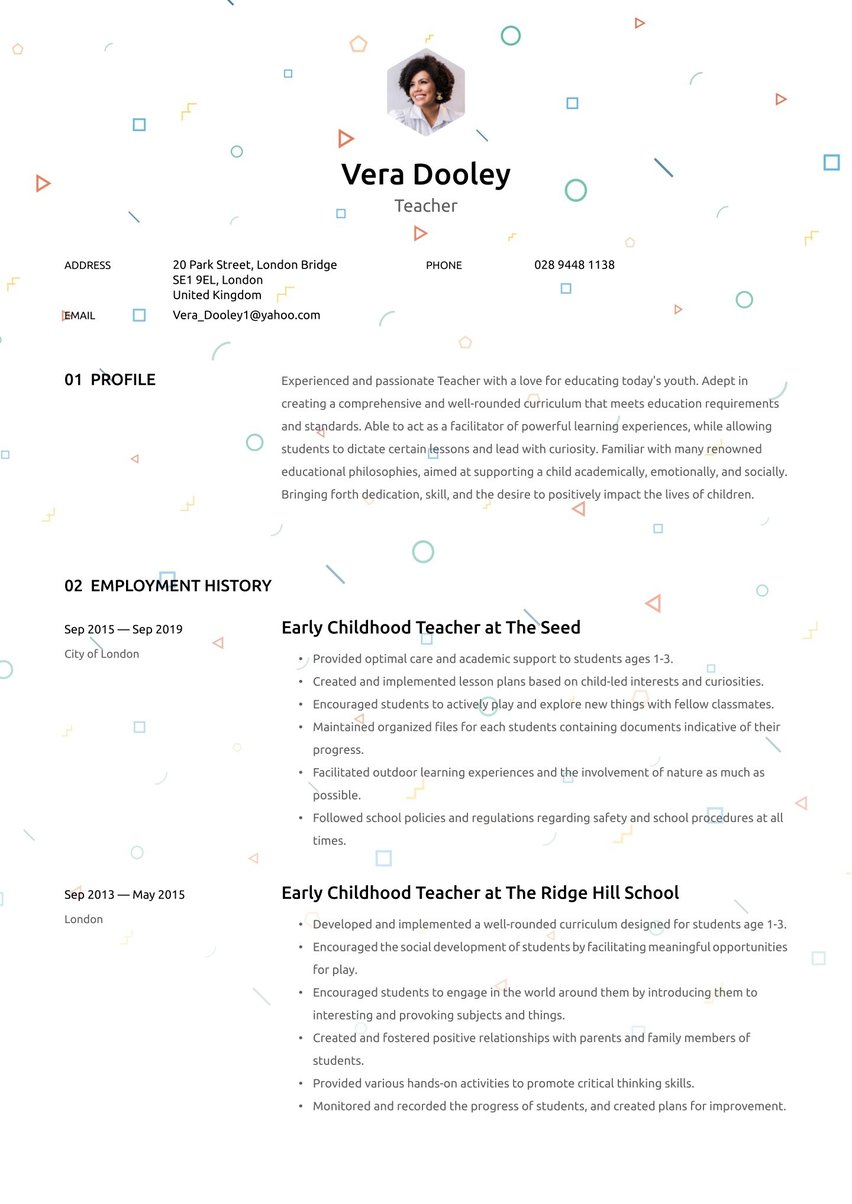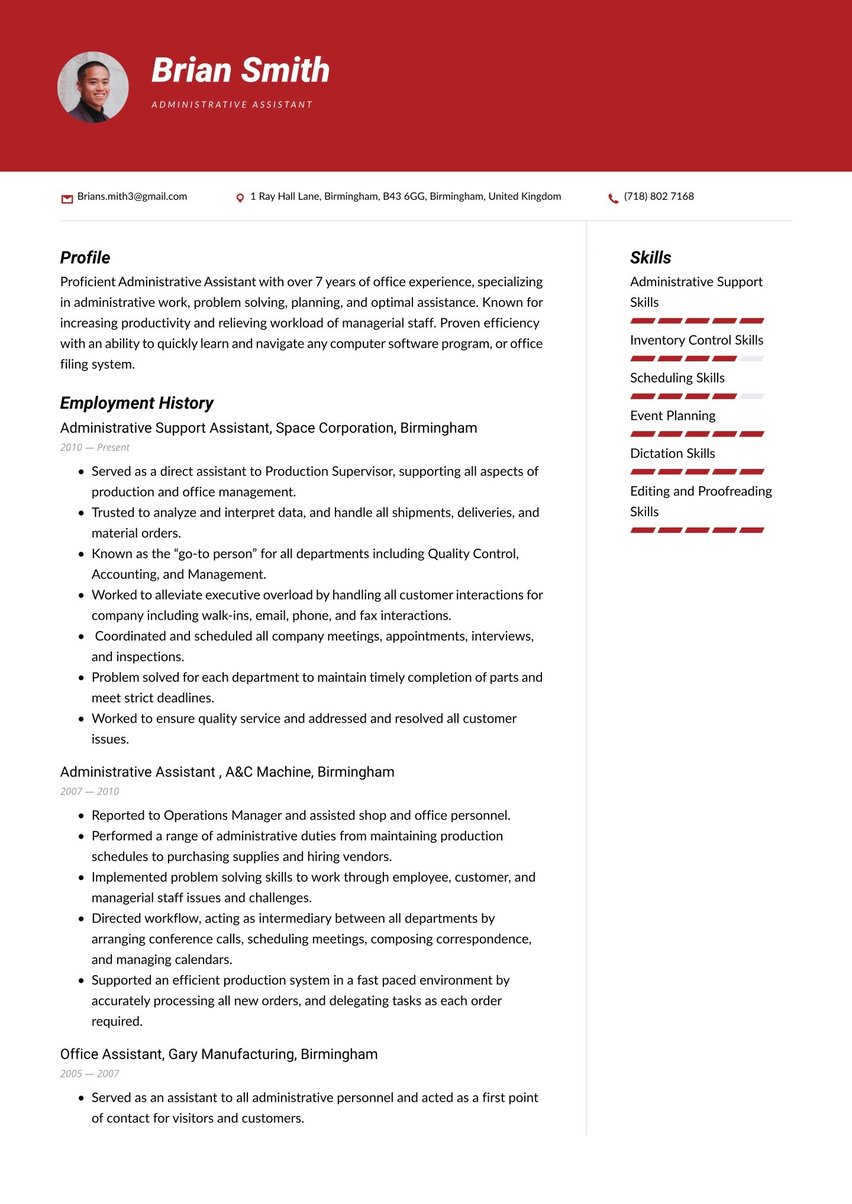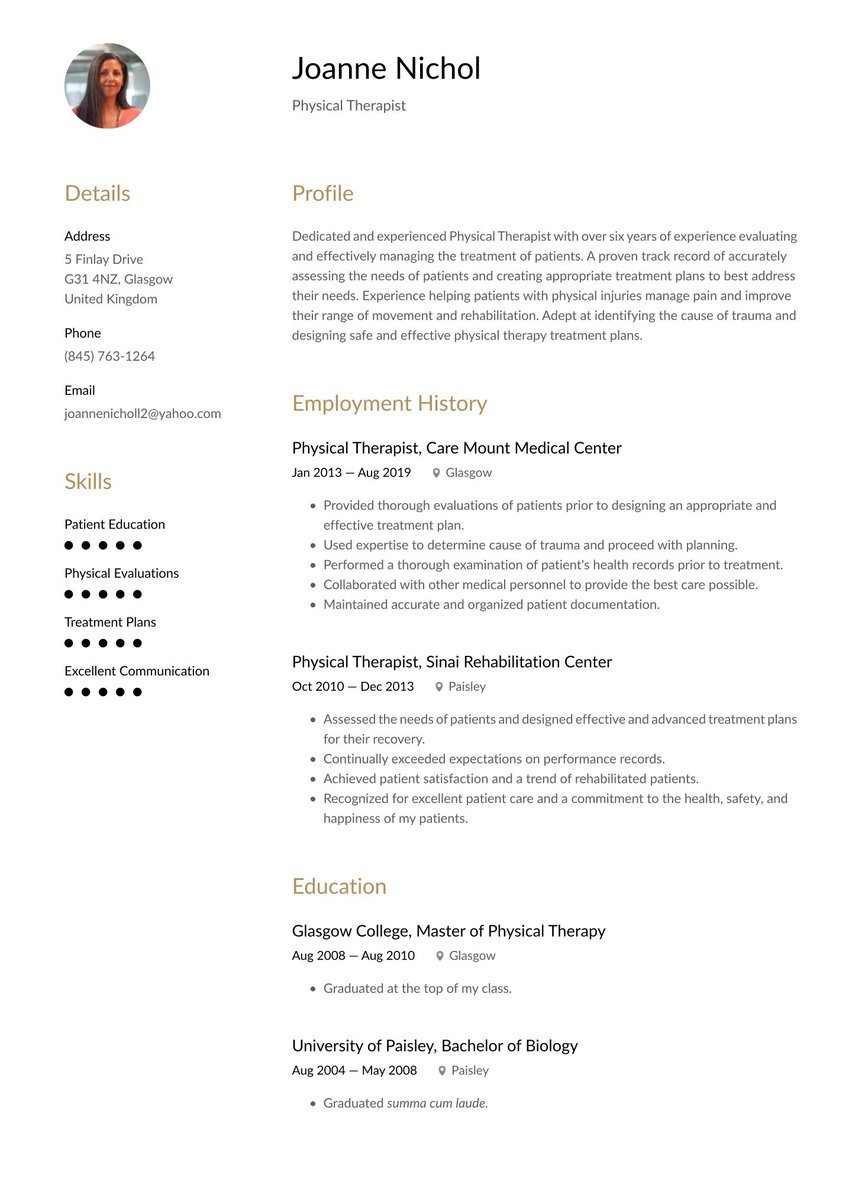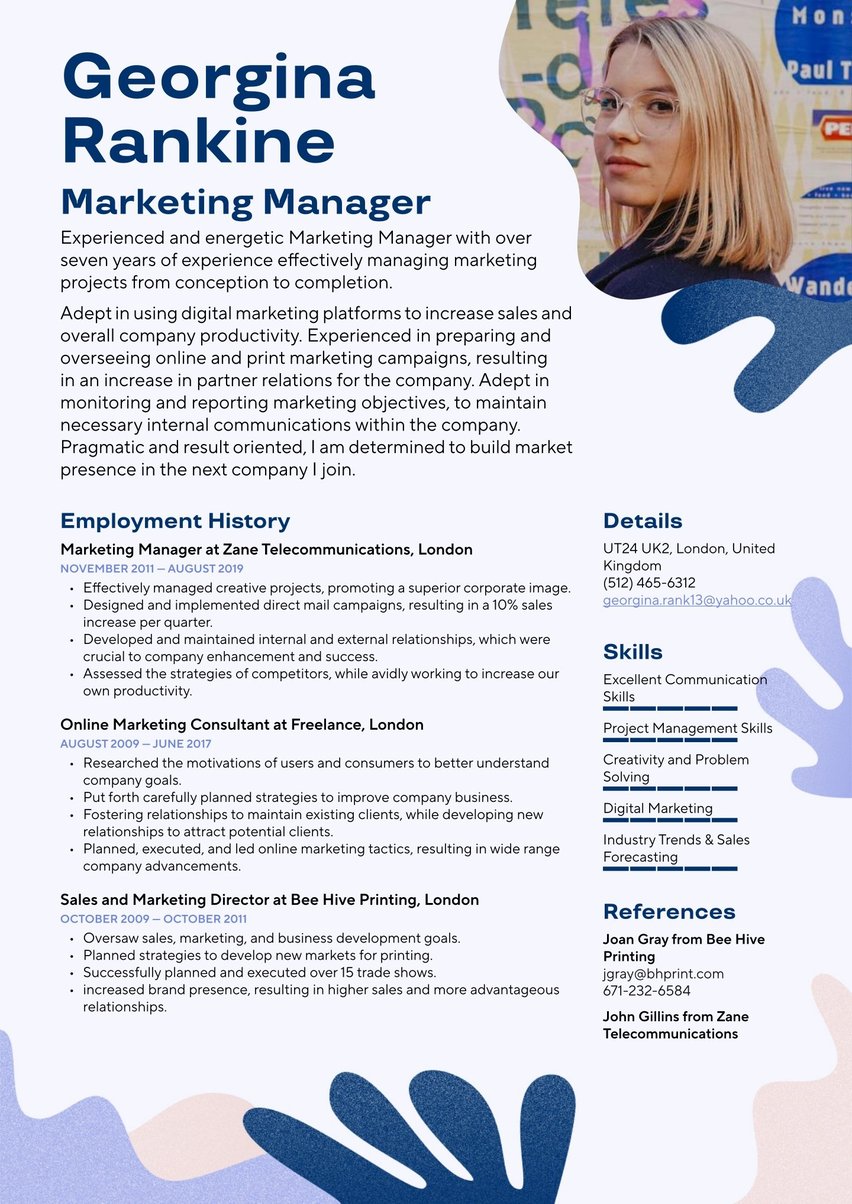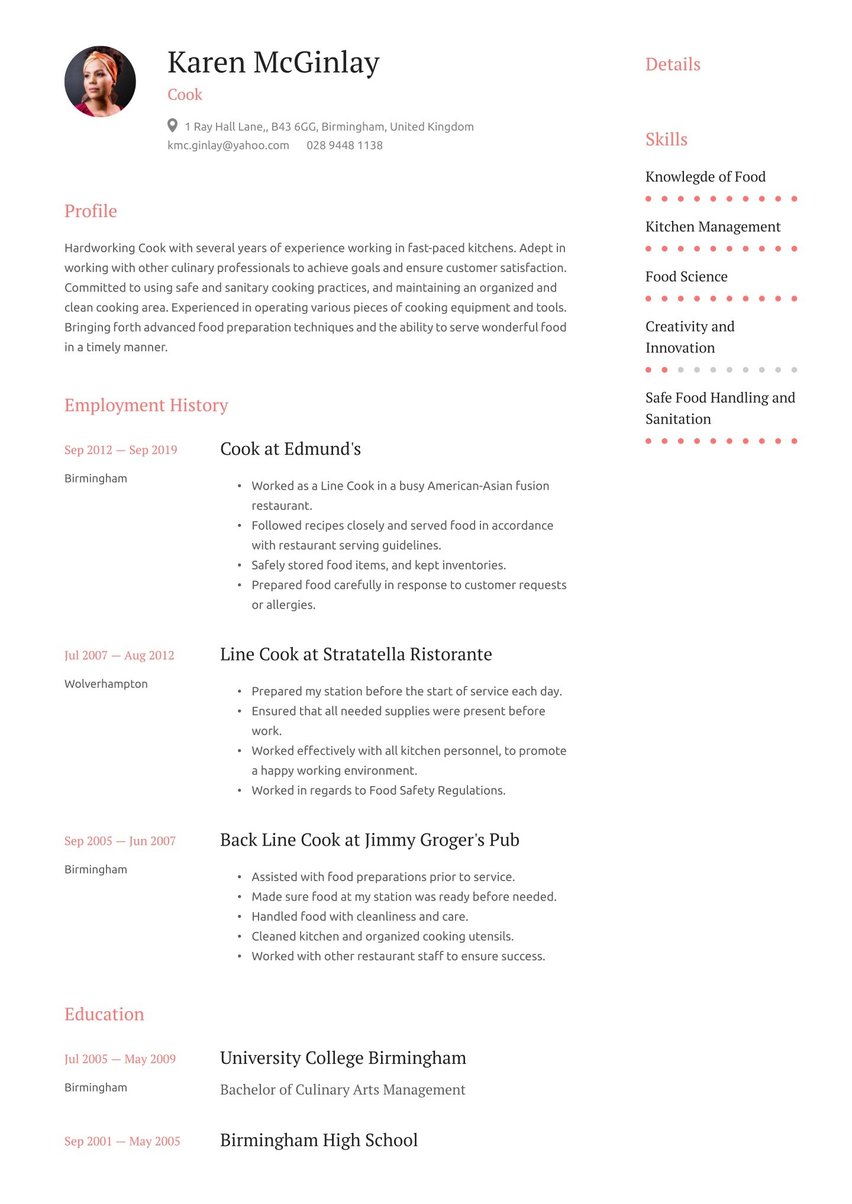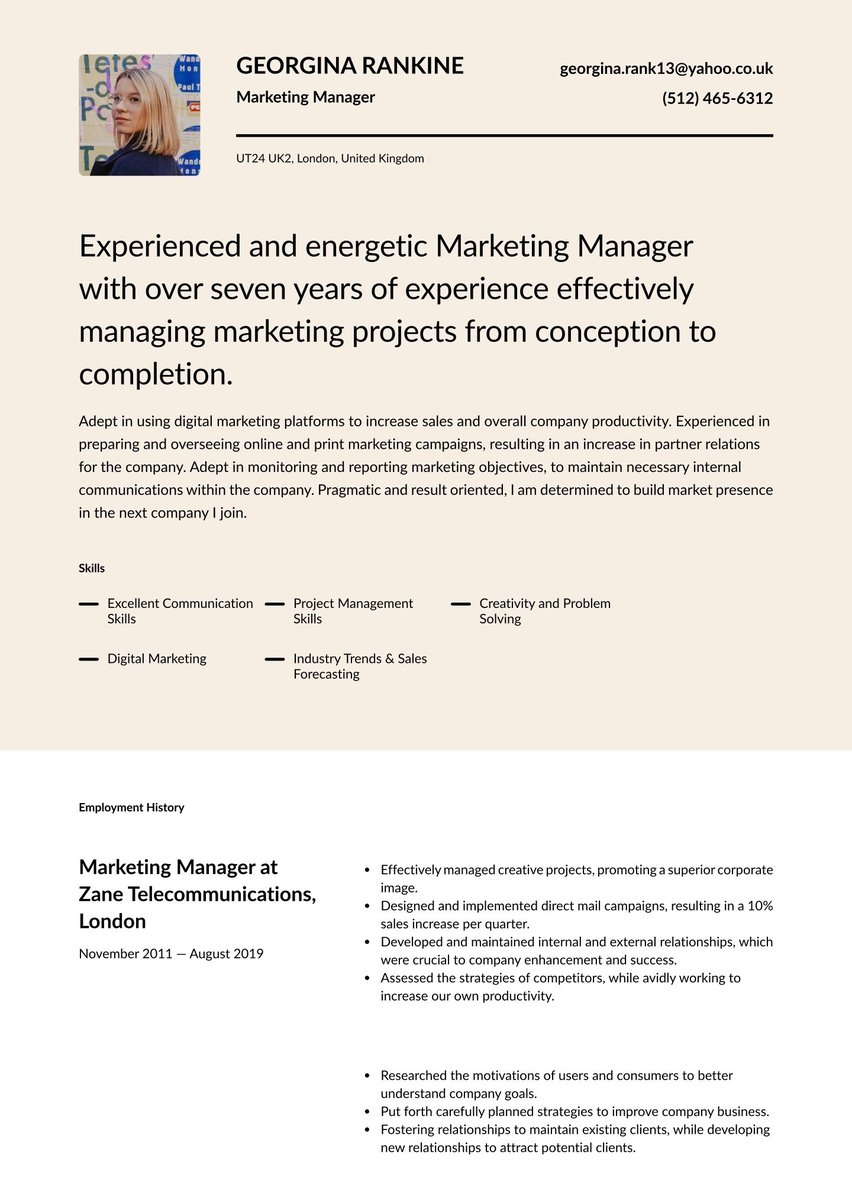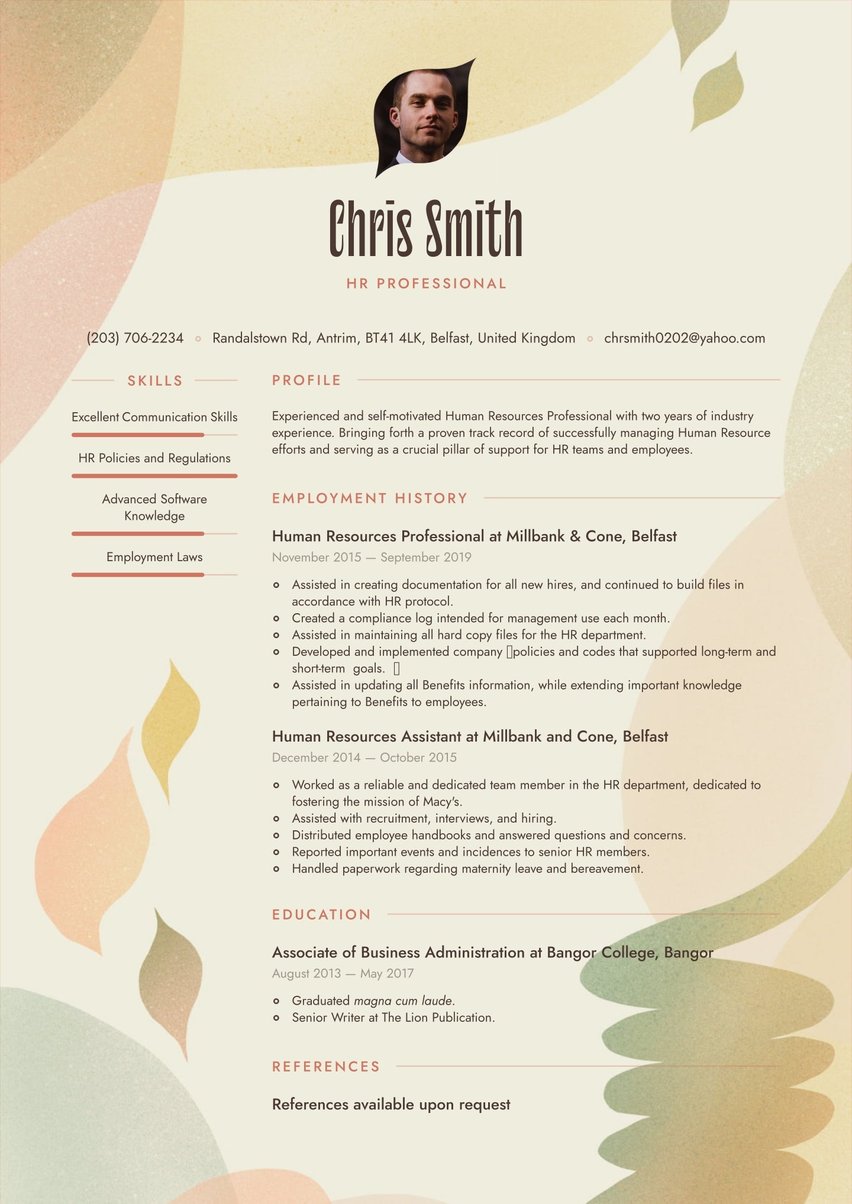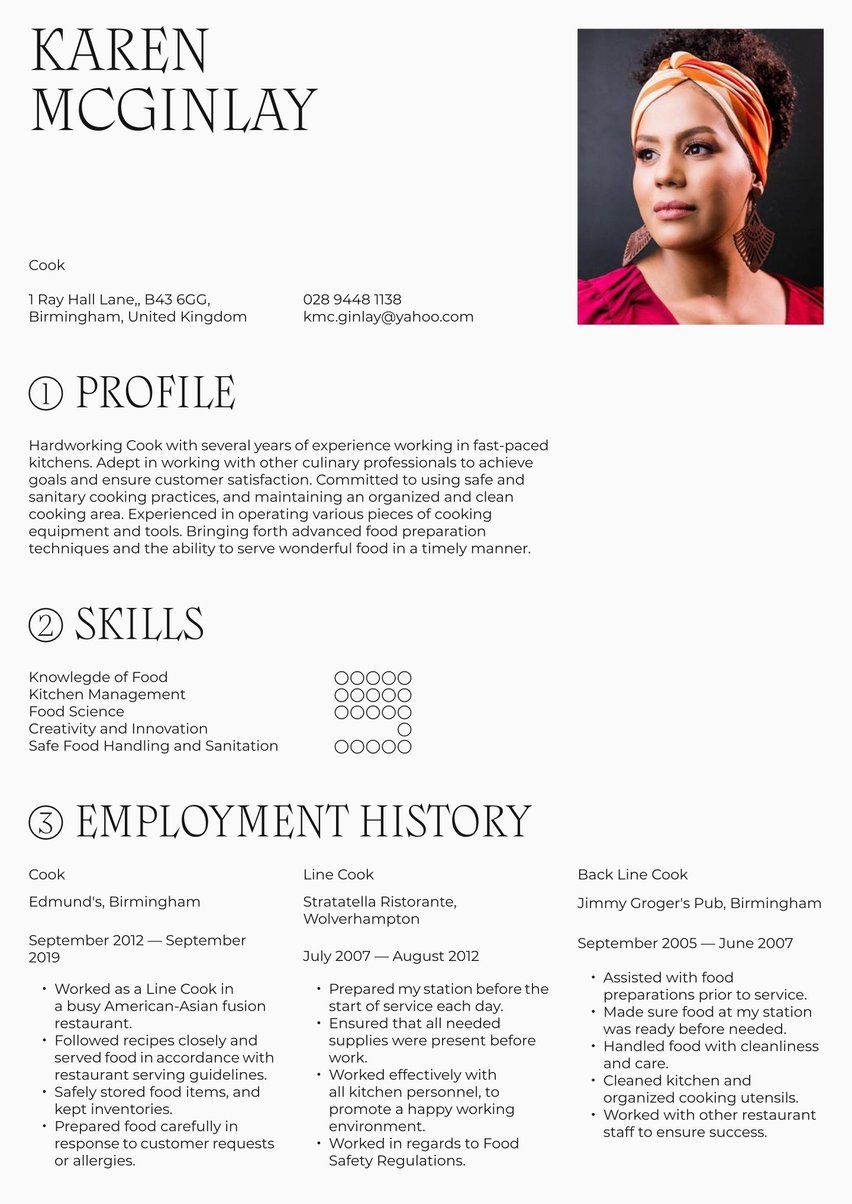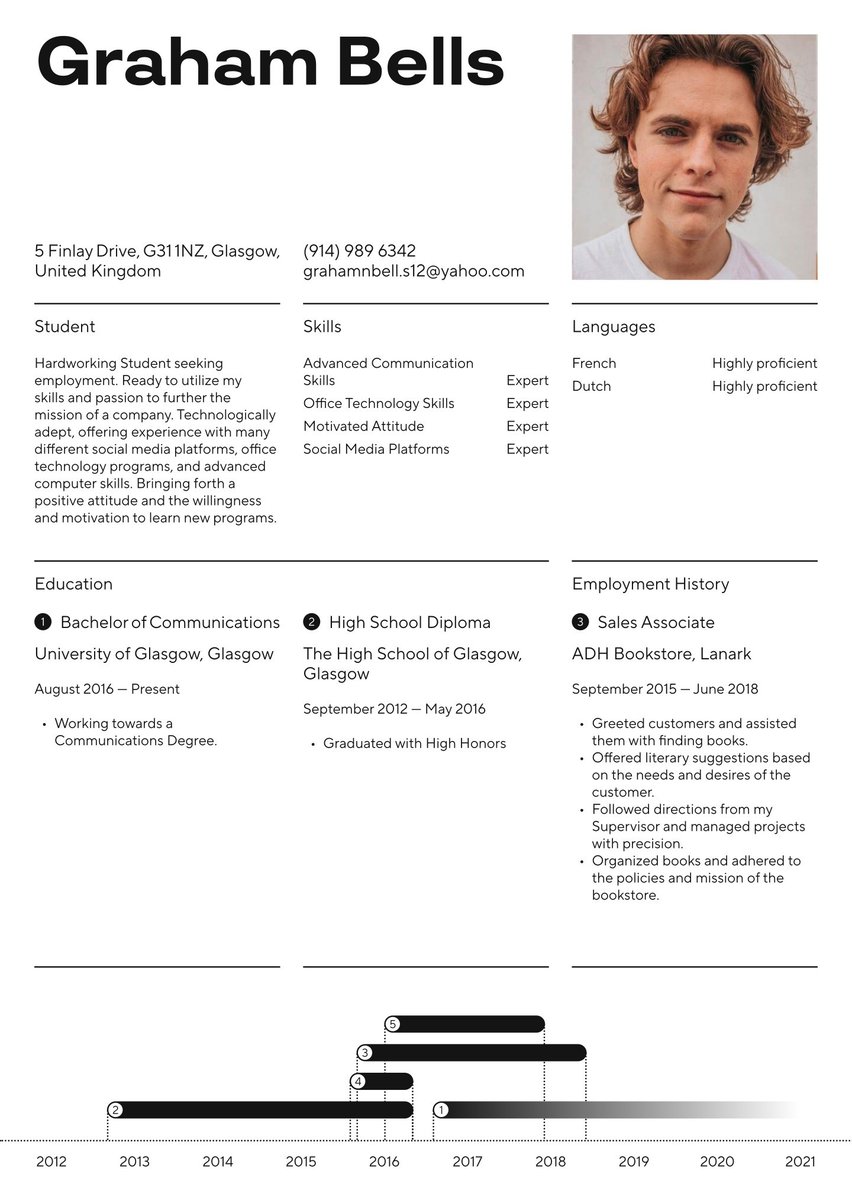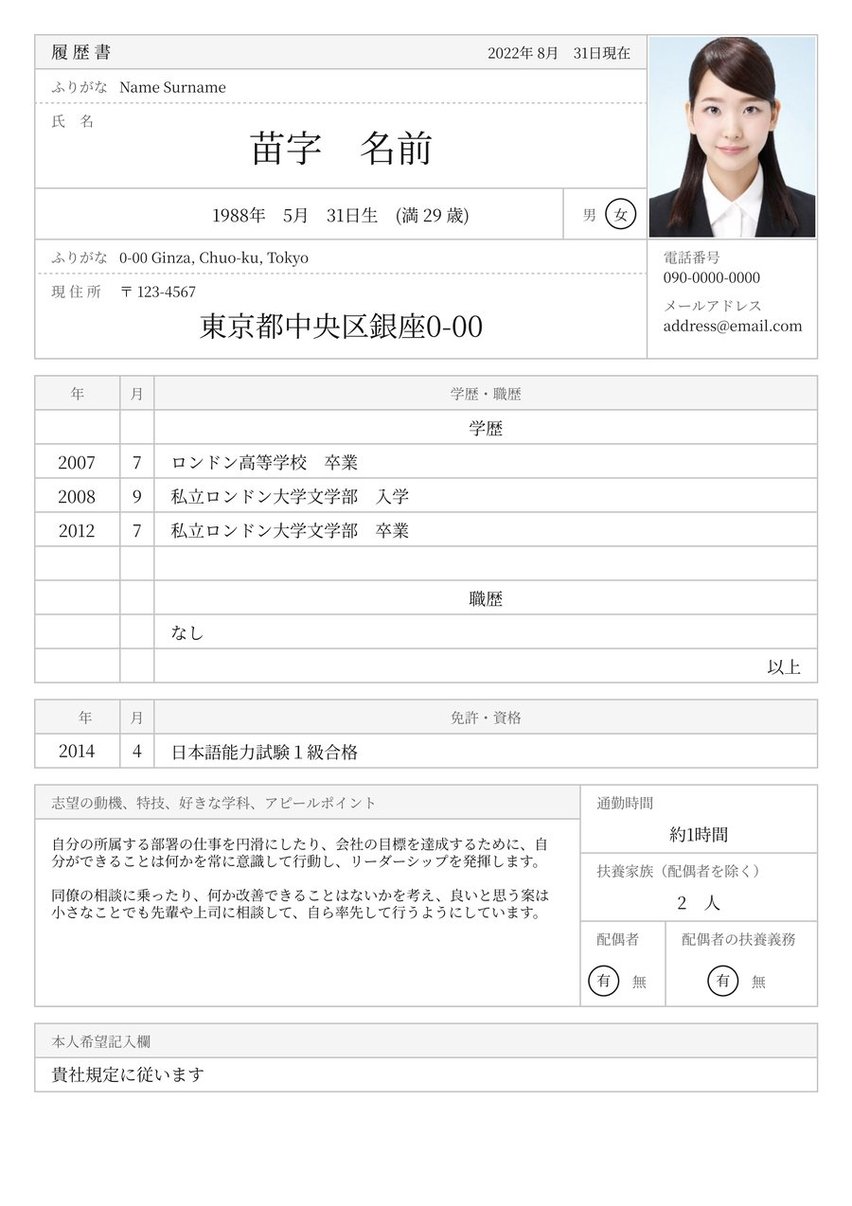Video editor with over five years’ experience creating powerful video marketing content that converts clients. Specialising in LinkedIn content for startups in the technology sector. Adept in developing and implementing innovative editing workflows for fast turnaround.
03/2020 - 05/2022, Video Editor, GMA Media, London
Doubled engagement and clickthrough rate for over 20 clients in technology sector resulting in up to 20% uptake in sales.
- Effectively managed and oversaw all technical aspects of postproduction planning and execution.
- Worked with creative team to produce targeted video content for organic and paid social media content.
- Adhered to strategies that supported the company's brand guidelines.
- Managed upwards of 10 different video projects per quarter.
- Utilised various video software and programs including Adobe Premiere, Photoshop and After Effects.
08/2018 - 03/2020, Video Editor, Christian Jones Video, London
- Continuously worked to implement industry best practices and latest editing workflows to support and complete projects.
- Increased client click through rate from 2% to 5%.
- Worked collaboratively with various team members to ensure client satisfaction and goal achievement.
- Developed creative sound design to effectively tell stories.
- Utilised advanced digital technology and editing software skills.
- Managed project from client onboarding to online edit.
- Worked within timelines and budgets to satisfy the needs of clients.
09/2015 - 05/2018, Bachelor of Arts in Cinematography, Central Film School, London
- Spanish; Castilian
- English
- Adobe Suite and Davinci Resolve
- Postproduction Management
- Colour Grading
- Motion Graphics
- Sound Design
- Effective Time Management
Your career journey begins with your video editor CV, and by getting this right, you will soon be on the way to securing your next dream role. There is not much time to impress with your CV, so you need to make a great impression quickly, and this is where our video editor CV example can help.
With CV examples and writing guides for dozens of professions, Resume.io is an expert resource for job seekers at all stages of their careers. Here’s what we’ll cover in this video editor CV example and writing guide:
- The role of a video editor
- How to write a video editor CV
- The best format to use for a video editor CV
- Advice on the most effective sections for your CV
- CV layout and design tips
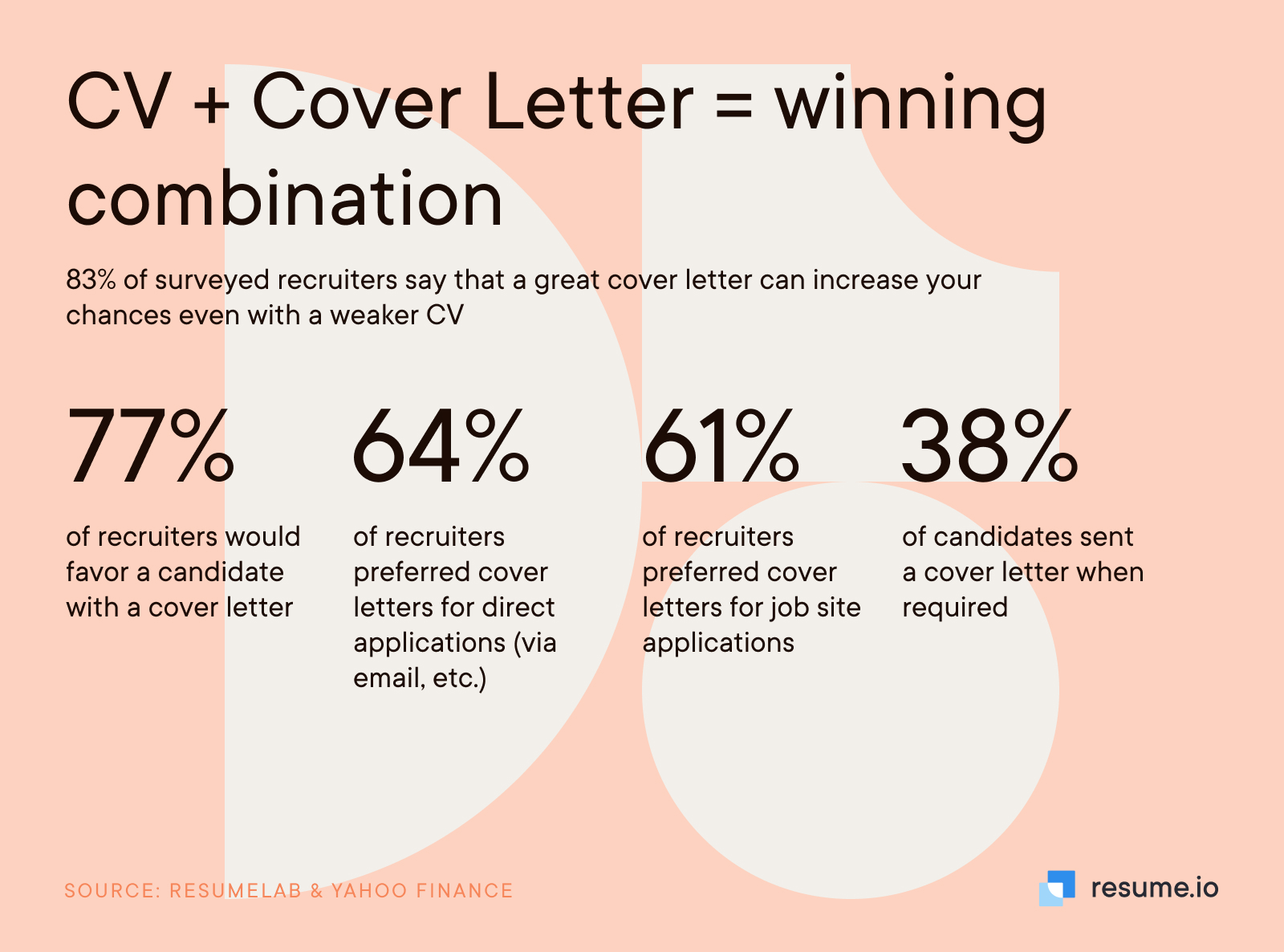
What does a video editor do?
A video editor is responsible for creating a film or video product. They manage a range of materials to create the finished product. Depending on the size of the project, this usually includes footage, sound effects, and dialogue. It is common for video editors to work on short-term contracts. For instance, they may work on a specific program for a set period or be enlisted to help a corporate company with some promotional videos.
How much do video editors earn?
The average salary for a video editor in the UK is £25,977 per annum. However, it will greatly depend on whether it is a contract or permanent role (contract roles tend to pay much more) and the organisation. A video editor for a big blockbuster film, for instance, would be paid a significantly higher rate.
How to write a video editor CV
Before you get started with writing your video editor CV, it is essential to understand the various sections it should include. As a minimum, your CV should contain:
- CV header
- Summary (also known as profile)
- Employment
- History
- Skills
- Education
In addition to this, you should keep the reader of your video editor CV in mind when you create it and make tweaks to tailor it to each role. In this way, you will be able to build rapport with the reader, making it more likely that you will reach the next stage.
Follow these points as a general rule in writing your CV:
- Tailor it to the employer and adapt the tone to suit.
- Ensure a professional design without being too formal.
- Use relevant keywords throughout your CV to make it easier to pass through an ATS.
Choosing the best CV format for a video editor
The most popular format is reverse chronological, where the emphasis is on your employment, and you start with the most recent employment at the top. This is the format you will find in our adaptable CV sample as it is preferred by hiring managers.
You may wish to defer from this format if you have little or no experience. However, reverse chronological is the most popular CV format for a video editor.
CV summary example: a brief synopsis
The summary (or profile as it is often known) is placed at the top of your CV, and this gives the hiring manager a brief introduction to who you are and what led you to this place in your career.
You only need two or three statements, and these should act as a clear, descriptive summary of your main skills and expertise relevant to the role.
It is more appropriate to use action verbs in the summary. For instance, ‘maintained,’ ‘led,’ ‘managed,’ rather than using ‘I.’ See how this is done in the CV sample below.
Video editor with over five years’ experience creating powerful video marketing content that converts clients. Specialising in LinkedIn content for startups in the technology sector. Adept in developing and implementing innovative editing workflows for fast turnaround.
The summary may feel a little more challenging than the other sections as it is free-form. However, you may wish to get some inspiration for your summary by looking at our:
Employment history sample: your career to date
Your employment history section should start with your most recent employment, through to your earliest.
Use bullet points to detail the main duties of each role and include action verbs. If you are able, you should use tangible outcomes when detailing your main responsibilities. In the case of a video editor, this may include the success of any videos you create, and the time frames you worked to. Quantifying your experience will make it more appealing to the hiring manager and show them what you can achieve and, therefore, what value you can offer the organisation. Check out our adaptable CV sample below.
Video Editor at GMA Media, London
March 2020 - Present
- Doubled engagement and clickthrough rate for over 20 clients in technology sector resulting in up to 20% uptake in sales.
- Effectively managed and oversaw all technical aspects of postproduction planning and execution.
- Worked with creative team to produce targeted video content for organic and paid social media content.
- Adhered to strategies that supported the company's brand guidelines.
- Managed upwards of 10 different video projects per quarter.
- Utilised various video software and programs including Adobe Premiere, Photoshop and After Effects.
Video Editor at Christian Jones Video, London
August 2018 - March 2020
- Continuously worked to implement industry best practices and latest editing workflows to support and complete projects.
- Increased client click through rate from 2% to 5%.
- Worked collaboratively with various team members to ensure client satisfaction and goal achievement.
- Developed creative sound design to effectively tell stories.
- Utilised advanced digital technology and editing software skills.
- Managed project from client onboarding to online edit.
- Worked within timelines and budgets to satisfy the needs of clients.
CV skills example: showcase your abilities
Your skills list should focus on those which are relevant to the role. Using keywords listed on the job spec will give you a better chance of passing through an ATS (applicant tracking system.)
Tailor your skills
Your hard skills for a video editor CV should focus on the programs you have used relevant to the role. Therefore, it will primarily be about your technical abilities, and you can follow the job spec as guidance.
- Adobe Suite and Davinci Resolve
- Postproduction Management
- Colour Grading
- Motion Graphics
- Sound Design
- Effective Time Management
Video editor CV education example
Video editors may require a specific qualification, or sufficient experience might be enough to qualify. The education section should detail any qualifications you have, including degrees, diplomas, etc. You can also include any further training you have done on your own, if relevant, including webinar sessions.
Employers are always keen to speak to candidates committed to their development, so any qualifications or training you have undertaken off your own back will appeal to them.
Bachelor of Arts in Cinematography, Central Film School, London
September 2015 - May 2018
CV layout and design: create a positive first impression
The content of your video editor CV is, of course, the most crucial factor, but don’t forget about the design. There is no need to overthink the design; it just needs to be clear, concise, and reader friendly.
Use a consistent font
The font you use throughout your CV should be consistent all the way through. If you use more than one, your CV will become less sleek and look a little messy.
There is no fast track to creating a great video editor CV, but you can use our CV templates to take some of the more tedious tasks off your hand.
Key takeaways for a video editor CV
- There are many options for career progression for a video editor and a range of industries you can choose to work.
- You should always use relevant keywords throughout your CV and tailor it to suit the role.
- The CV should be a maximum of two pages and should contain the details of your expertise and skills that are most relevant to the role.
- Use our CV builder and CV examples to make the job easier!

